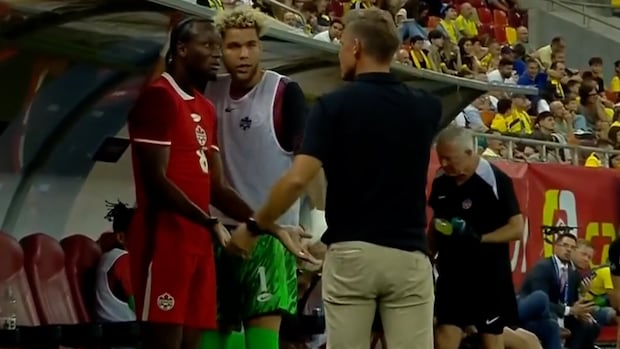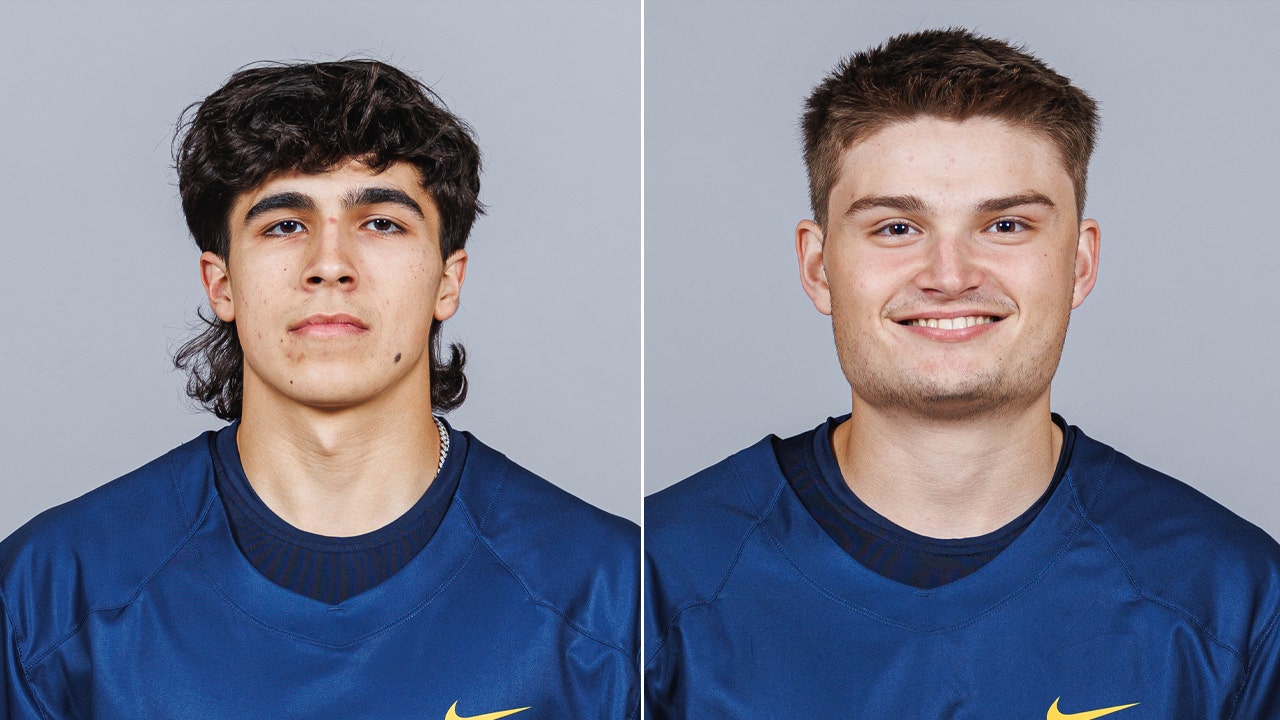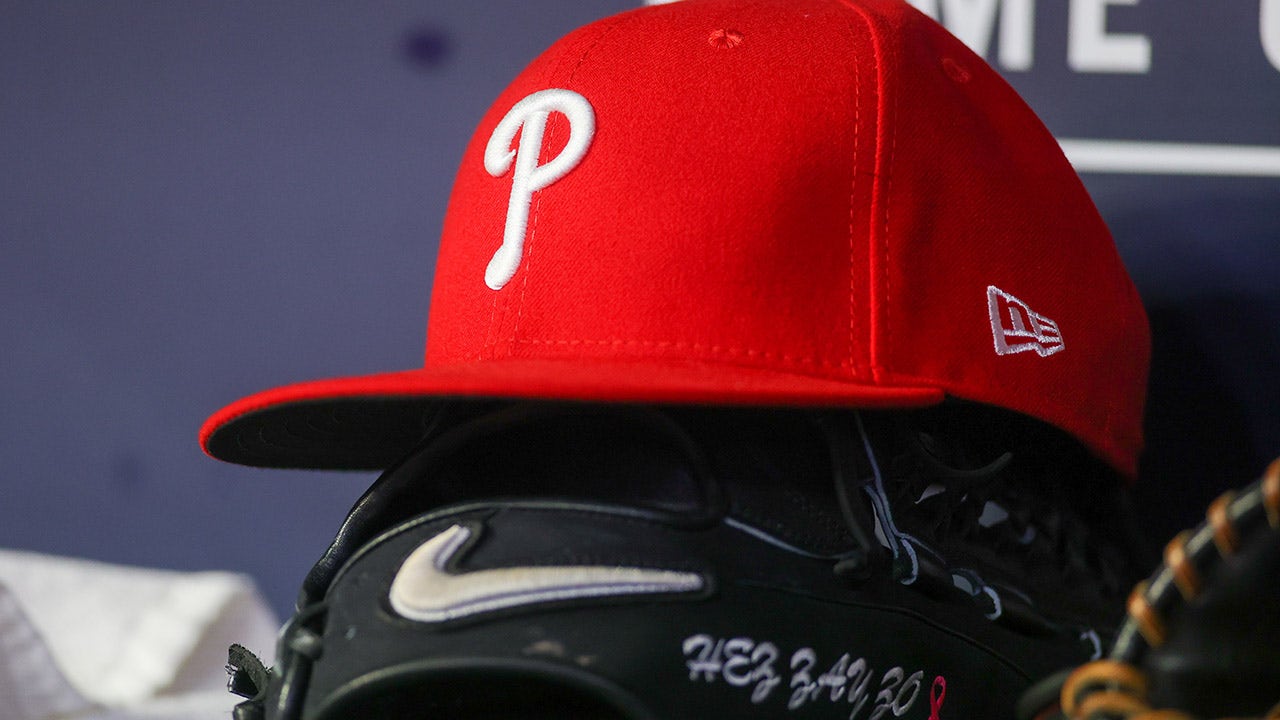Boise State wins Mountain West championship as first expanded CFP bracket begins to take shape

Boise State has punched their ticket to the College Football Playoff after capturing the Mountain West Conference title with a 21-7 victory over UNLV in the championship game. Star running back Ashton Jeanty had a standout performance, rushing for 209 yards and a touchdown in his sixth 200-plus-yard game of the season.
Jeanty’s remarkable season has earned him a spot as the fourth all-time single-season rushing leader in FBS history, behind legends like Barry Sanders, Melvin Gordon, and Kevin Smith. With a total of 2,497 rushing yards and 29 touchdowns, Jeanty has been a force to be reckoned with on the field.
In the championship game, Jeanty set the tone with a 75-yard touchdown run in the second quarter, showcasing his explosiveness and game-changing ability. His 12 carries of 50 or more yards this season highlight his big-play potential and game-breaking speed.
Boise State is poised to maintain or improve their No. 10 ranking in the final College Football Playoff rankings, positioning them as one of the top conference champions and potentially earning them a first-round bye. The outcome of the Big 12 title game between Arizona State and Iowa State will also have playoff implications, with the winner likely securing a playoff spot.
As the playoff picture begins to take shape, all eyes will be on the conference championship games to determine the final bracket. Teams like Oregon, Penn State, Texas, and Georgia are all vying for top seeds and first-round byes, setting the stage for an exciting postseason.
With the expanded 12-team playoff format, the selection committee faces tough decisions in determining the playoff field. Teams like Alabama, Notre Dame, Ohio State, and Tennessee are all in the mix, with potential matchups and scenarios adding to the playoff intrigue.
As the college football season comes to a thrilling conclusion, Boise State’s journey to the College Football Playoff is a testament to their hard work and determination. With a dynamic playmaker like Ashton Jeanty leading the way, the Broncos are primed for success on the national stage.




